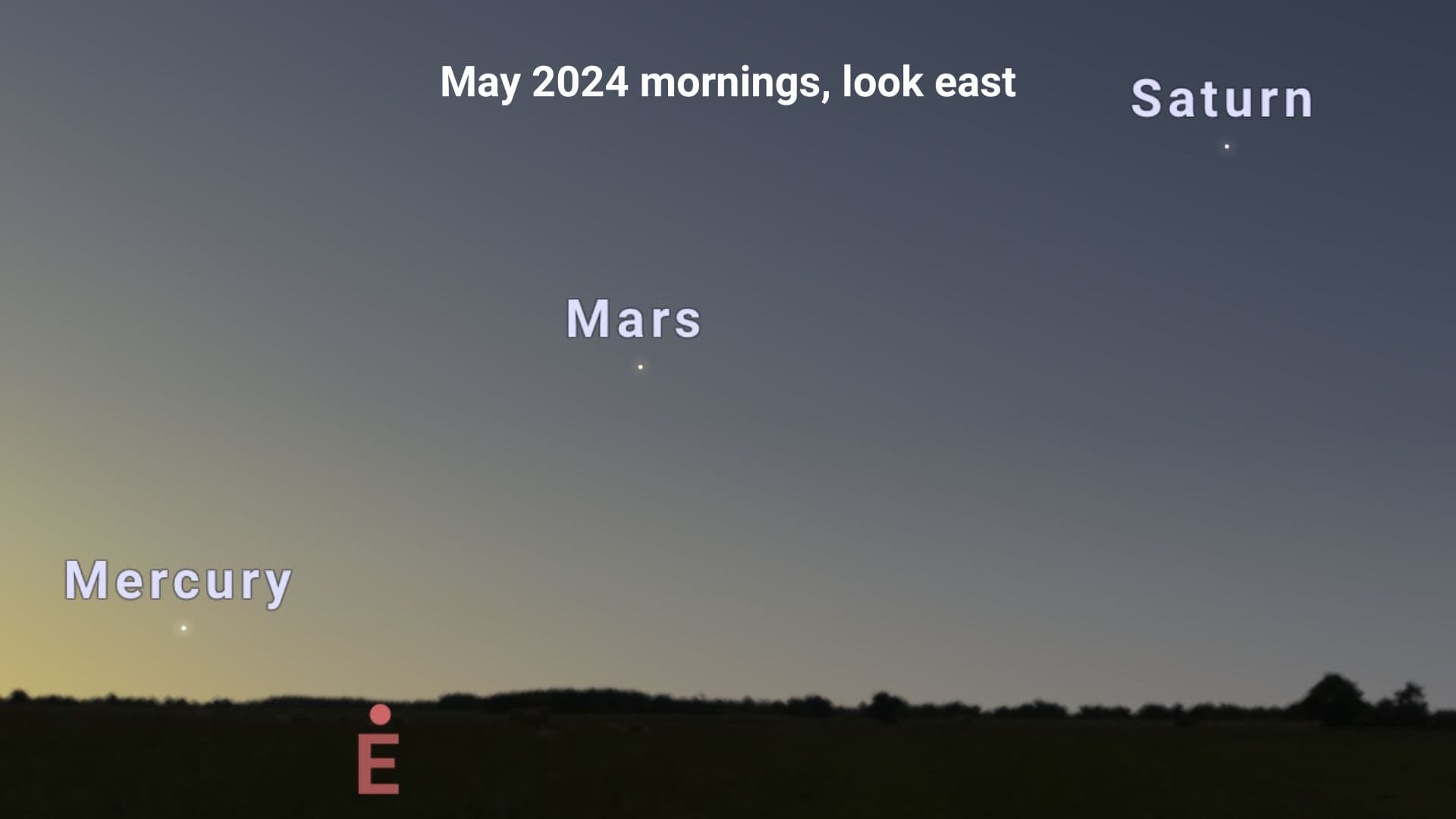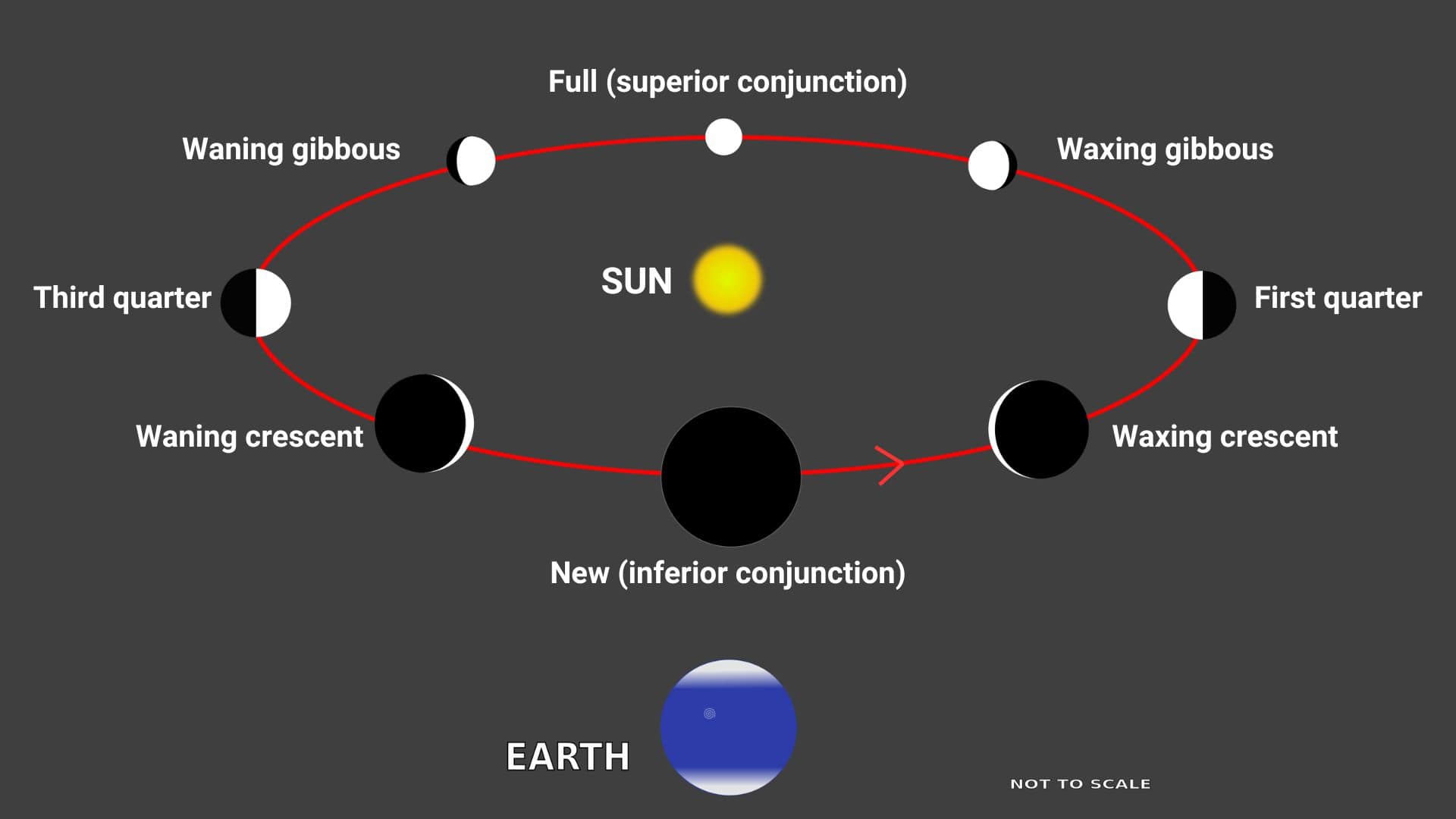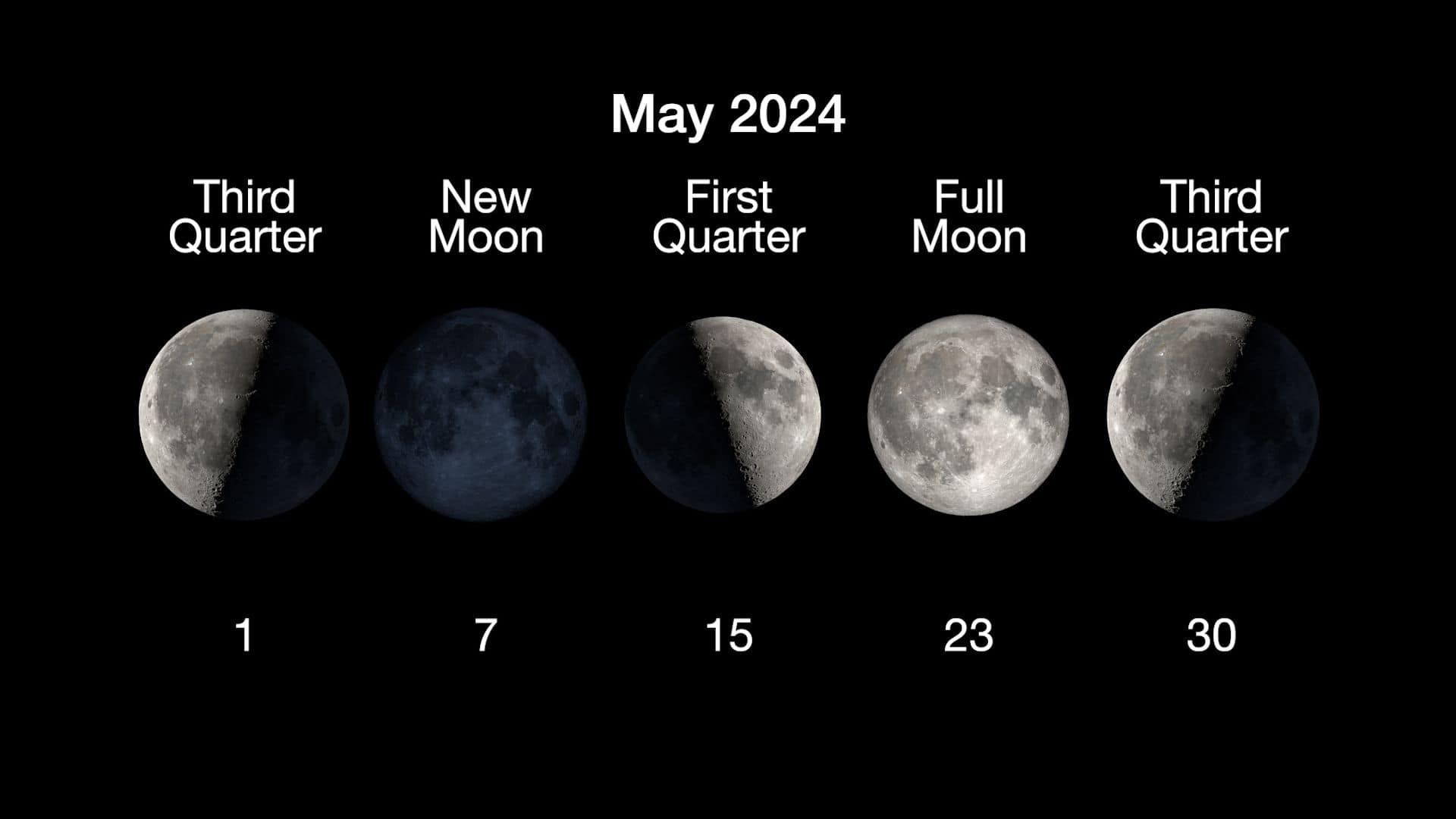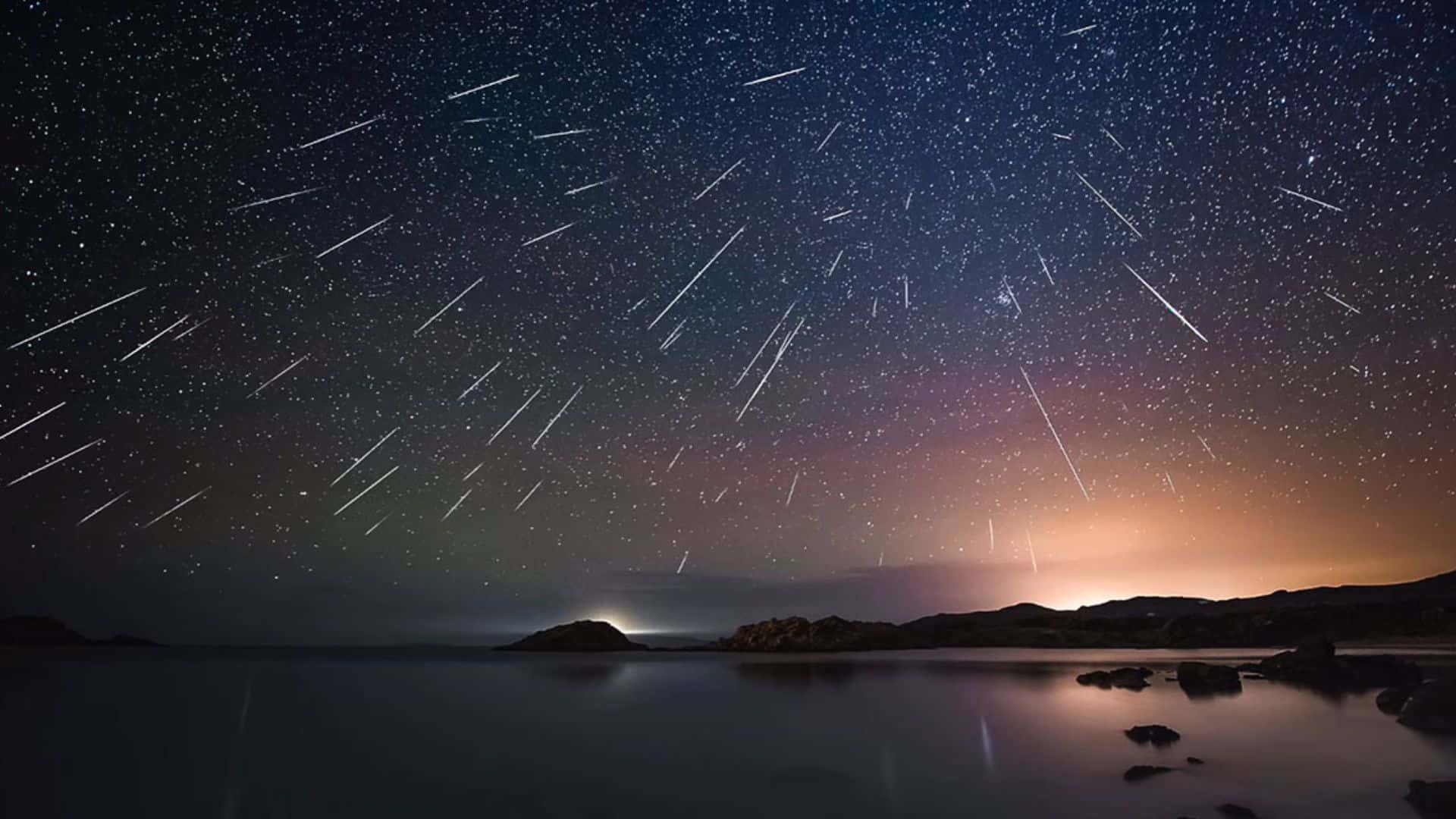Know when to watch, where to look, and how to watch earthshine:
What is earthshine?
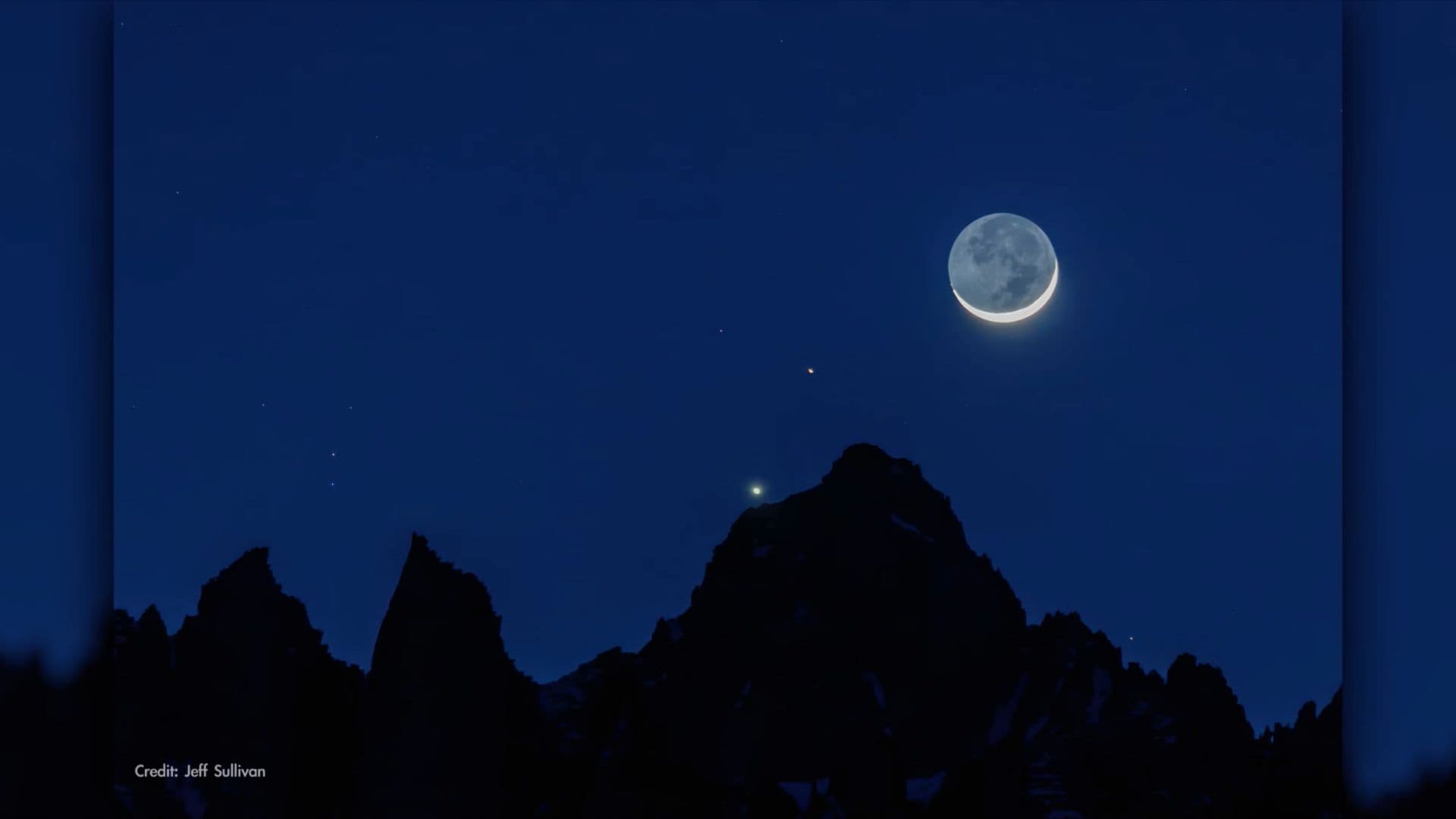
Earthshine is the faint, beautiful glow on the darkened part of the moon that has been illuminated by Earth. Actually, it is the sunlight that has been reflected from the Earth’s surface, then bounced off the moon and back to our eyes.
Earthshine is also known as Da Vinci glow because Leonardo da Vinci explained this phenomenon for the first time in the 16th century.
When to watch: A few days (between two and five days) before the new moon when the moon is in the waning crescent phase or a few days (between two and five days) after the new moon when the moon is in the waxing crescent phase.
Check out our daily moon guide to know when the next new moon is.
Where to look: Look on the darkened part of the waning crescent moon in the east before dawn, or look on the darkened part of the waxing crescent moon in the west after sunset.
How to watch: Earthshine is visible with your naked eye under clear, dark skies. You need no instruments, like a pair of binoculars or a telescope, to watch earthshine or Da Vinci glow.
Best time to see the earthshine
Our Earth reflects more sunlight from its surface in the summer than in the winter. That’s why earthshine is best visible in the summer (April to June).
Why do we see earthshine when the moon is in crescent phase?
We know that a full moon can illuminate (light up) the landscape of the earth at night. Similarly, a full Earth can illuminate the landscape of the moon at night.
Now, similar to the phases of the moon, our earth also goes through phases, as seen from the moon, and the phases of the earth and the moon are complementary.
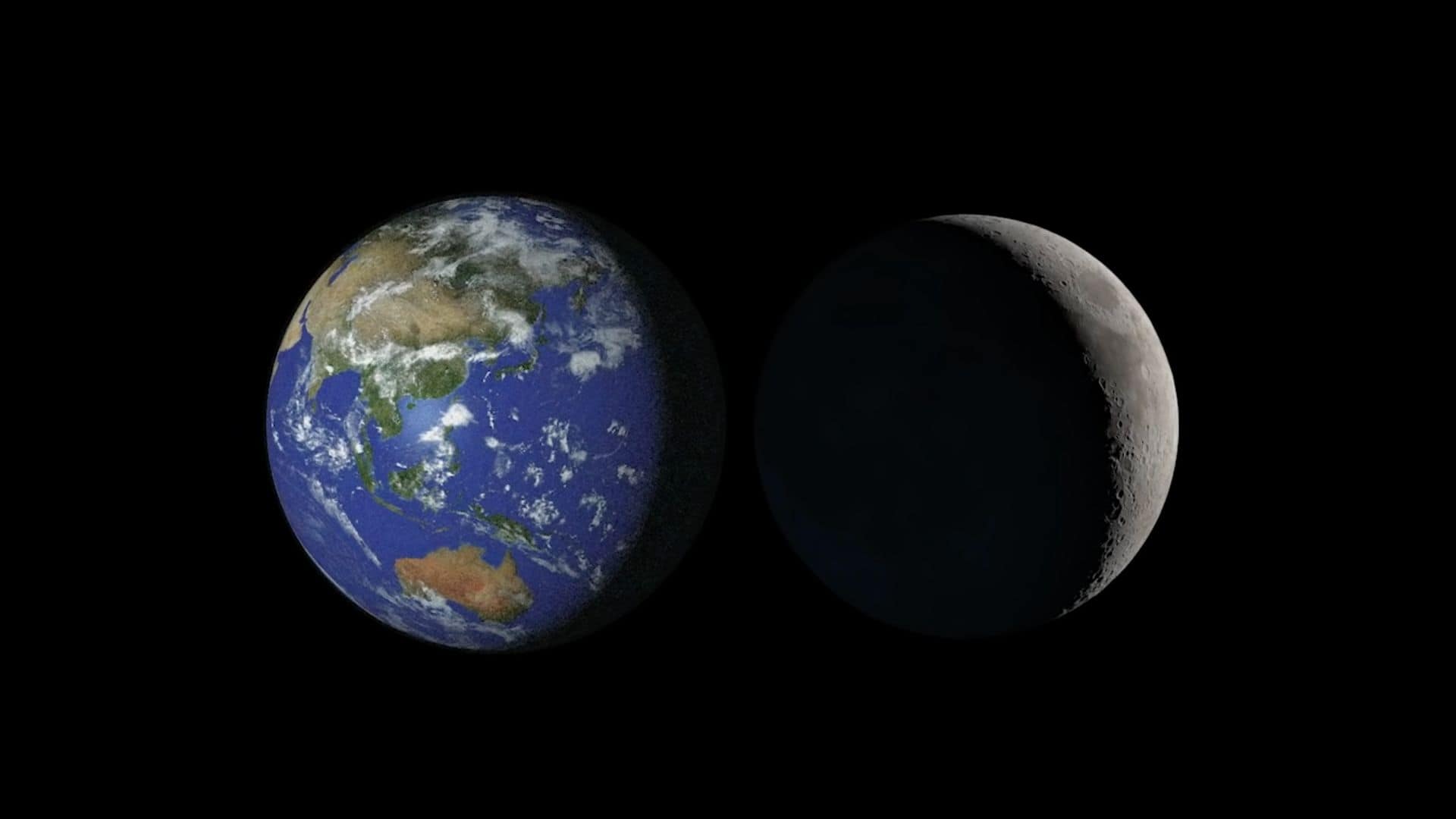
So a full Earth is seen from the lunar night sky when the moon looks crescent in our sky, and this full Earth is bright enough to faintly illuminate the darkened surface of the moon. It is very similar to a full moon, which illuminates the darkened surface of the earth.
So we see earthshine when the earth looks full from the moon’s perspective and the moon looks crescent from the earth’s perspective.
And we see bright moonlight when the moon looks full from the earth’s perspective and the earth looks slim crescent from the moon’s perspective.
Please bookmark Spaceandtelescope.com or follow us on Facebook and Twitter to get latest space news, upcoming skywatching events and astronomy-related content.
